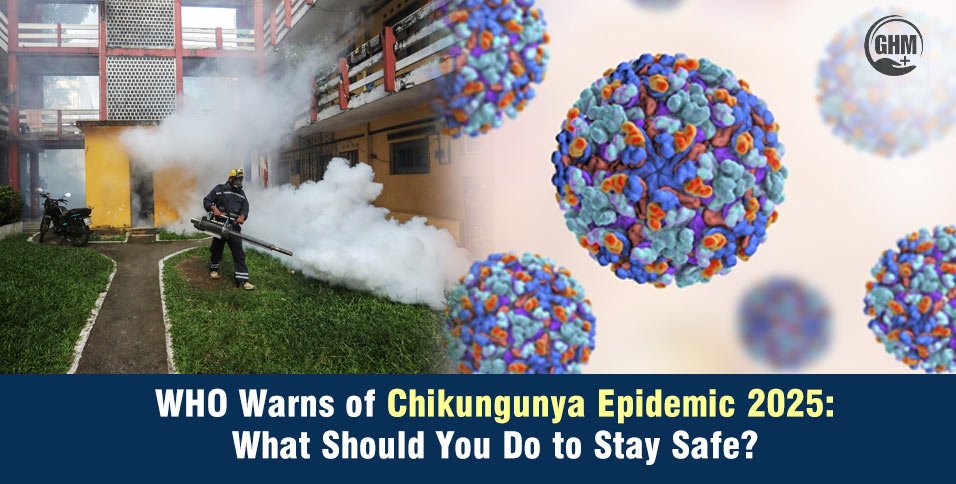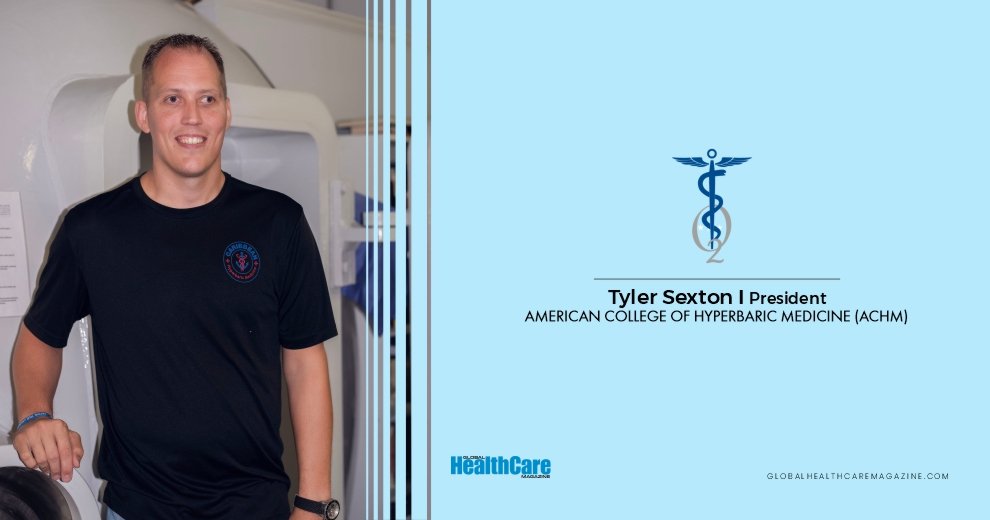The flesh-eating bacteria outbreak may be dominating headlines, but quietly, a different viral menace is sweeping across continents — the Chikungunya epidemic 2025. What began as isolated cases in the Indian Ocean has escalated into a full-blown global public health emergency, now affecting multiple continents with tens of thousands of new infections weekly. The World Health Organization (WHO) has issued an urgent global alert, drawing parallels to the explosive 2005-06 outbreak that shook Réunion Island and beyond.
While chikungunya doesn’t “eat flesh” in the literal sense, its severe joint pain and long-lasting symptoms have earned it a reputation of being equally debilitating. Health systems in both tropical and temperate regions are on edge — and so are investors and insurers in the healthcare and biotech sectors.
How Did the Chikungunya Epidemic 2025 Start?
The epidemic traces its origin to Réunion Island, where the first confirmed case appeared on August 23, 2024. As mosquito-friendly conditions intensified through late 2024 and into early 2025, the virus spread at an alarming rate. Between March and April 2025 (weeks 13 to 17), over 23,000 weekly cases were reported, overwhelming local hospitals. By mid-May, the island recorded 188,600 suspected cases — nearly one in four residents.
This aggressive spread wasn’t limited to Réunion. The virus quickly moved across Mayotte, Mauritius, Seychelles, Comoros, and Madagascar, and by early 2025, it had infiltrated Europe, Africa, Asia, and the Americas, triggering over 30,000 global cases and 14 deaths outside the Indian Ocean region.
What’s Driving the Global Spread?
- A New Viral Lineage: A previously unseen chikungunya virus strain has been circulating since August 2024, with genetic traits that enhance its transmissibility.
- Climate Conditions: Unusually early monsoon rains and soaring temperatures in early 2025 created ideal breeding grounds for Aedes aegypti and Aedes albopictus — the mosquitoes responsible for transmitting the virus.
- Increased Travel & Globalization: Imported cases have sparked local transmission in non-endemic areas like France and Italy, thanks to the global movement of infected individuals.
- Lack of Immunity: With no significant outbreaks in the last 18 years, much of the affected population has low natural immunity, making explosive transmission more likely.
What Are the Symptoms and Risks?
Chikungunya isn’t usually fatal, but it packs a painful punch:
- High fever
- Severe joint pain (lasting weeks to years)
- Skin rashes
- Headache and muscle aches
The fatality rate is under 1%, but with millions infected, thousands of deaths remain possible. The biggest concern is long-term disability, especially among older adults, infants, and individuals with underlying conditions.
How Are Countries Fighting Back?
The global response to the chikungunya epidemic mirrors strategies used in the fight against the flesh-eating bacteria outbreak, combining surveillance, vector control, and public health preparedness.
- Réunion Island: Activated its Level 4 arbovirus emergency plan, expanded hospital beds, launched vaccination campaigns, and boosted vector control teams.
- Mayotte: Distributed mosquito nets and repellents, ramped up lab diagnostics, and initiated intensive public awareness drives.
- Global Efforts: The Pan American Health Organization (PAHO) and WHO are coordinating international surveillance, strengthening lab networks, training healthcare workers, and supporting evidence-based vector control across continents.
Are Vaccines Available?
Yes — two vaccines are now licensed in the U.S.:
- IXCHIQ – A live-attenuated vaccine
- VIMKUNYA – A virus-like particle vaccine
However, distribution remains limited, and mass vaccination hasn’t yet been rolled out globally. These tools are now being prioritized for travelers, lab personnel, and high-risk individuals.
What Can You Do to Stay Safe?
Whether you’re in a tropical zone or a temperate country now seeing local transmission, the following steps are strongly recommended:
Avoid Mosquito Bites
- Use EPA-approved insect repellents (DEET, IR3535, or icaridin)
- Wear long sleeves and pants
- Use window screens, nets, and air conditioning
Eliminate Breeding Grounds
- Empty or cover containers holding standing water
- Maintain cleanliness around homes and neighborhoods
- Participate in community mosquito control campaigns
Consider Vaccination
- If you’re in an outbreak zone or traveling to one, ask your healthcare provider about vaccine eligibility
Seek Early Treatment
- If you experience symptoms, consult medical professionals early and avoid mosquito exposure to prevent further spread.
Why the Business World Should Care About the Chikungunya Epidemic 2025?
This epidemic has implications beyond public health. The global healthcare sector, insurance industry, travel and tourism, and biotech innovators are all impacted:
- Rising demand for vaccines and diagnostic kits
- Increased pressure on healthcare systems in both developing and developed economies
- Potential for travel advisories and economic slowdowns in outbreak zones
- Investor interest in climate-resilient healthcare infrastructure is rising fast
Conclusion: A Call for Global Vigilance
The chikungunya epidemic 2025 is no longer a regional concern — it’s a global crisis in motion, quietly expanding under the shadow of more headline-grabbing outbreaks. With the mosquito vectors spreading further due to climate change and global travel, chikungunya is poised to test the resilience of global health systems once again.
For now, vigilance, vaccine readiness, and proactive prevention remain the best lines of defense.



















